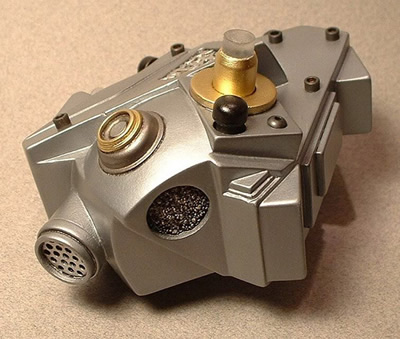Poynting Collector
Back in 2020 I asked:
If you’re running a 400KW oscillation overthruster in 5-10 msec bursts, how much shielding do you need to reduce the intermediate vector bosons it throws off to acceptable levels? (Beam alignment is going to be phase neutral but non-moiré.)
One person responded:
The rule of thumb is 218 quanta per KW/ms if you are using lead, but check your supplier for more modern alternatives. We haven’t recommended lead on overthrusters for a decade due to exactly the problem you’re trying to solve.
However, someone else said:
What if you didn’t treat vector bosons as a byproduct to be compensated for but a useful part of the closed loop system? Get a Poynting collector and feed it back into your spin condenser.
It was an interesting idea that sent me down a couple of rabbit holes. (For example, it turns out there’s a thriving mail-order market in Soviet-era industrial supplies in Ecuador…) By March 2021 I was far enough along to say:
Beam alignment still isn’t phase-neutral and I still don’t know how I’m going to couple it to the Poynting collector but we’re getting there…

But nothing’s ever done. The first reply asked if I’d rotated the beam collimator properly. After a bit of experimentation I realized that I wouldn’t be able to get the required precision because my diffraction grid is analog rather than digital (see the comment above about Soviet-era industrial supplies).
I set the project aside for a while (COVID, job changes, etc.), but finally found time to come back to it in May and June. Having taken everything apart and put it back together, I now believe the easiest way forward is going to be to take the photozygometer out of this:

and use it to spallate a new diffraction grid. I’ve never done this before, though, so if you have with either a lithium chloride or lithium iodide photozygometer, I’d be grateful if you could give me a shout.
Update: lithium iodide is not fractionally stable above 300°C, which is where my thermocouple (and the beam collimator I spent a year collecting parts for) suffered what is euphemistically labelled “thermal failure”. Back to the drawing board…